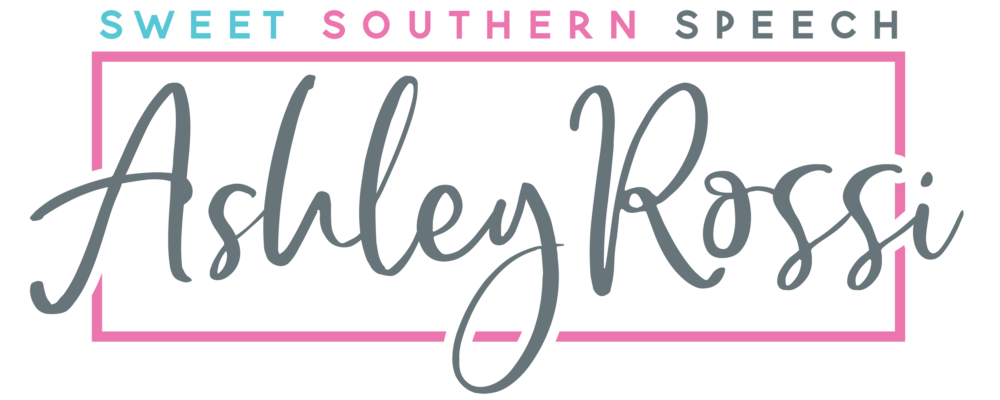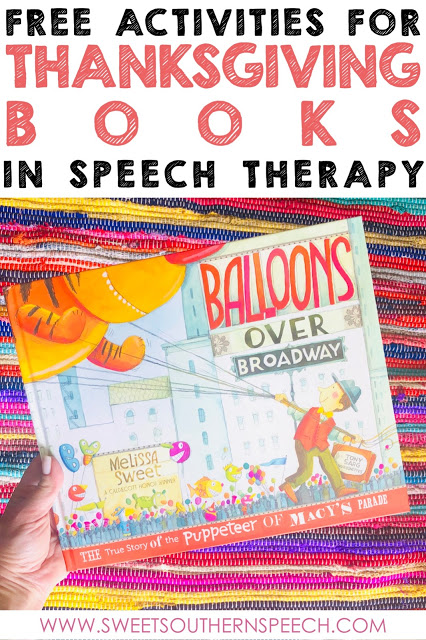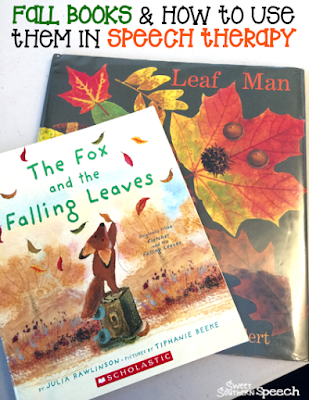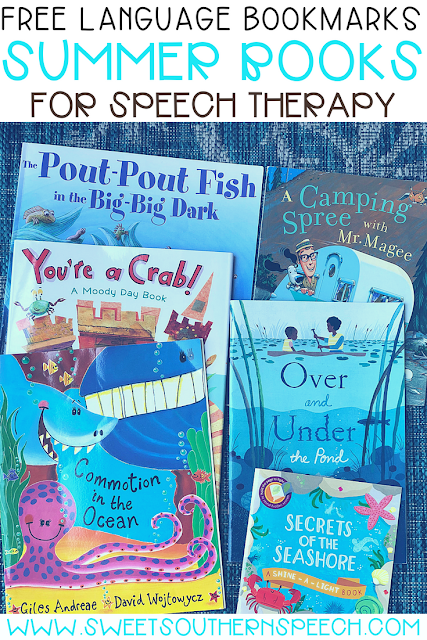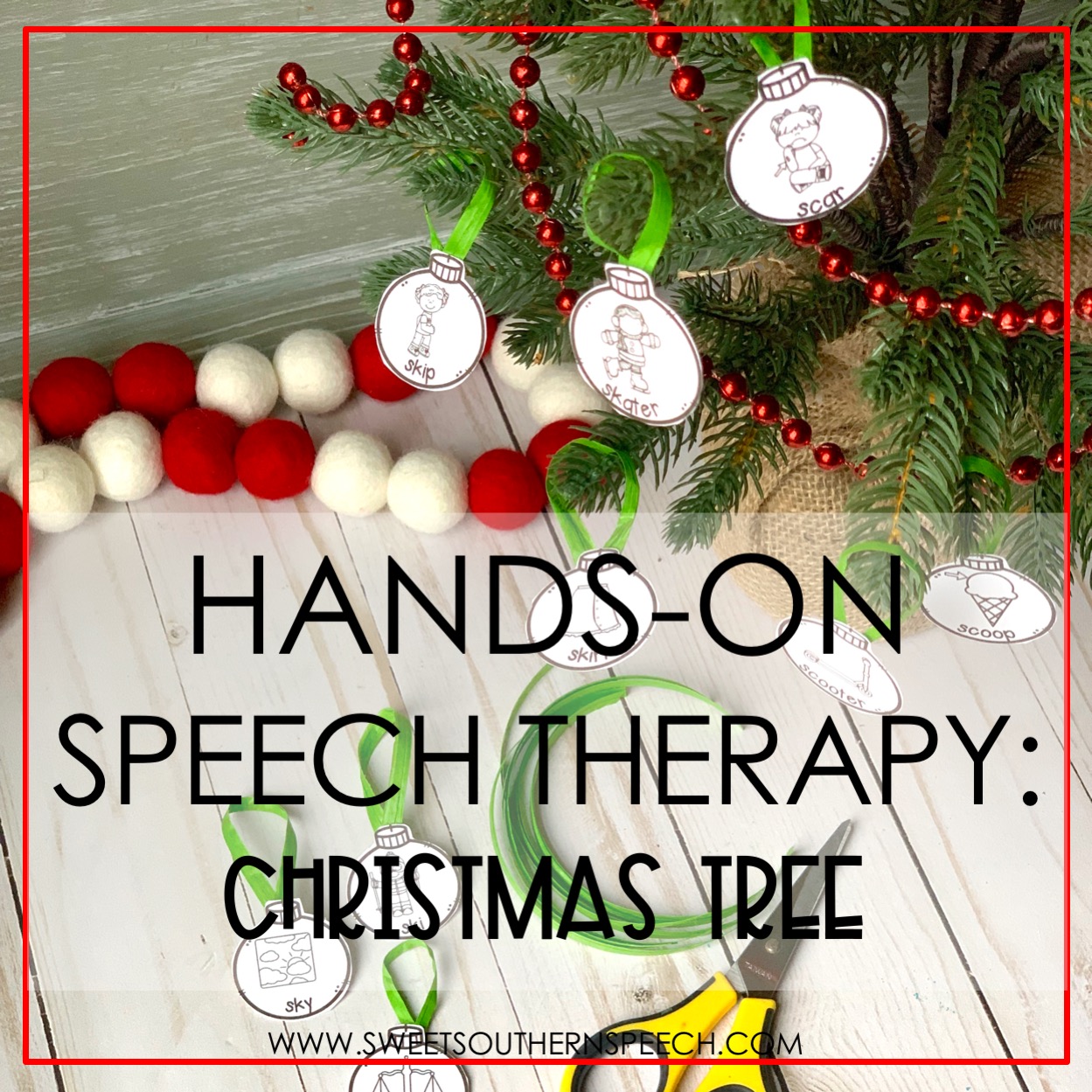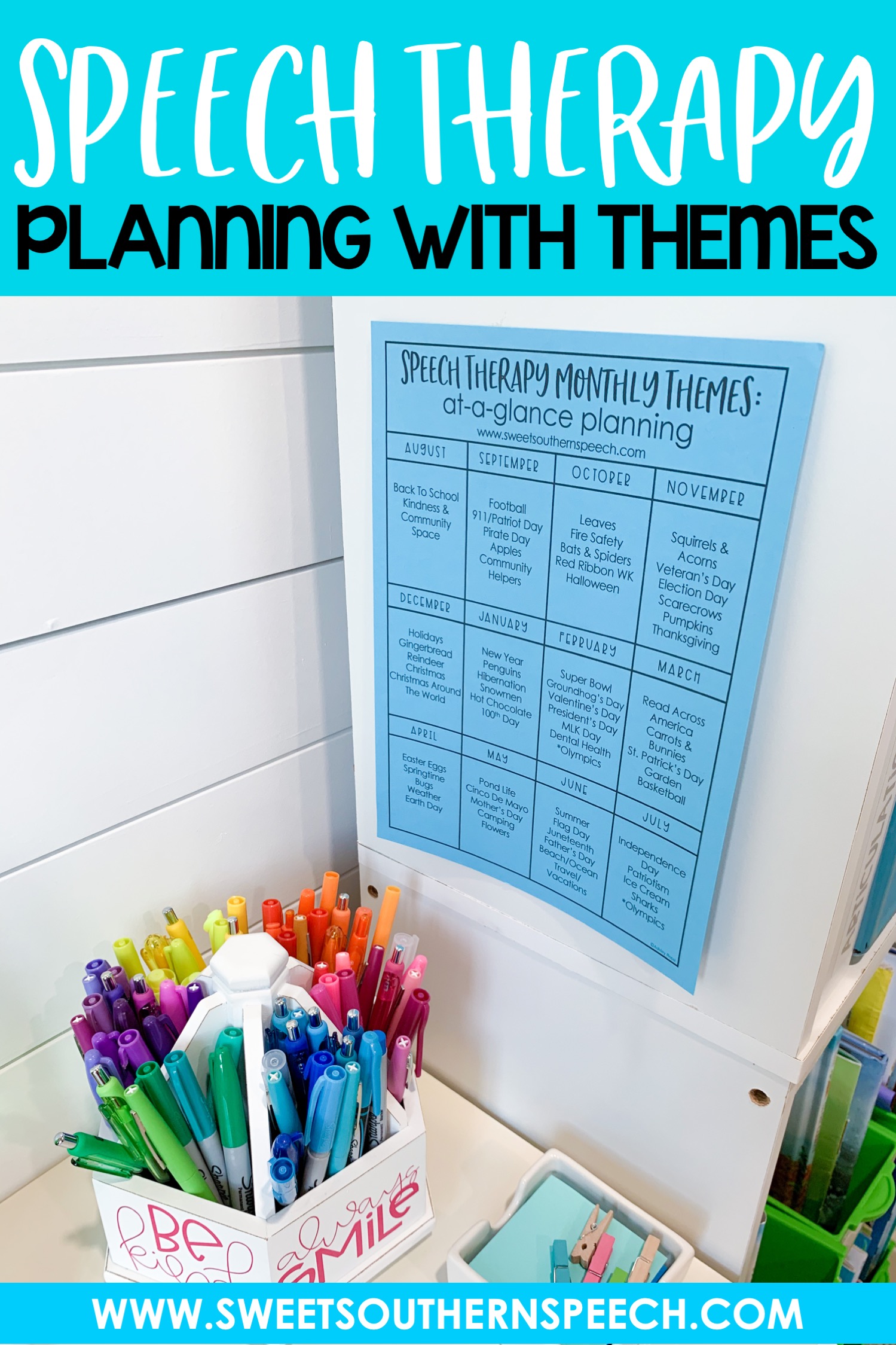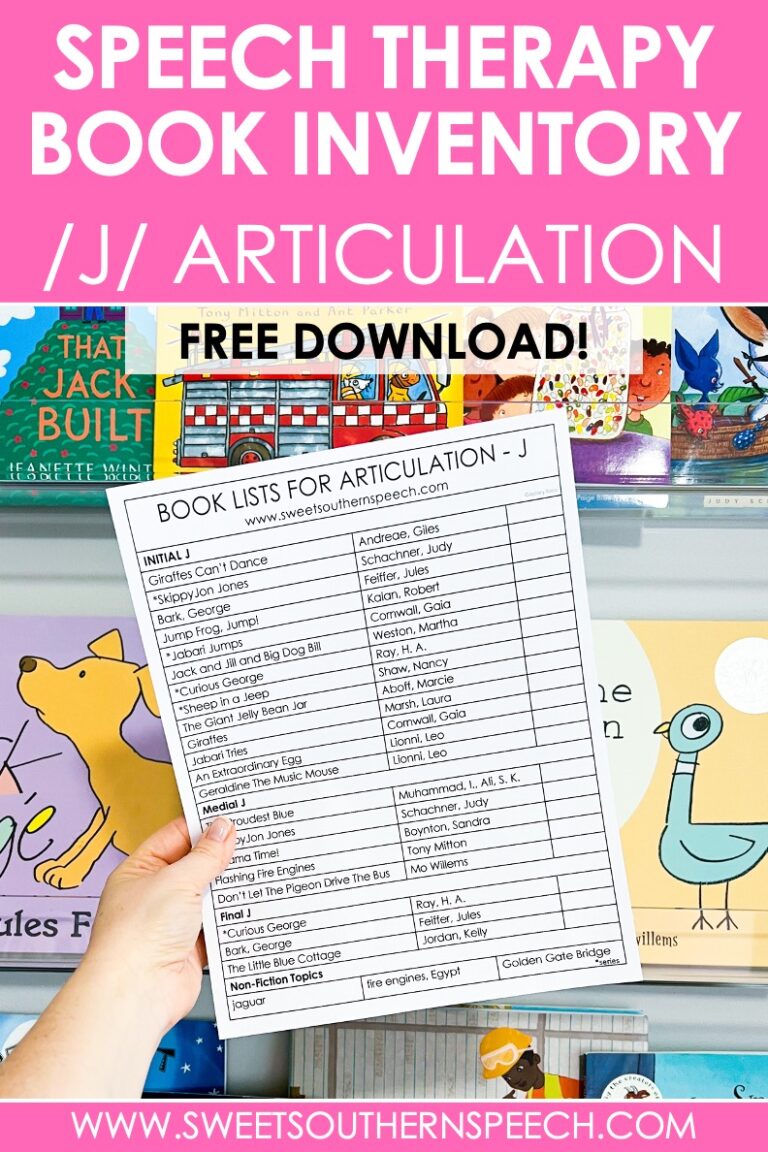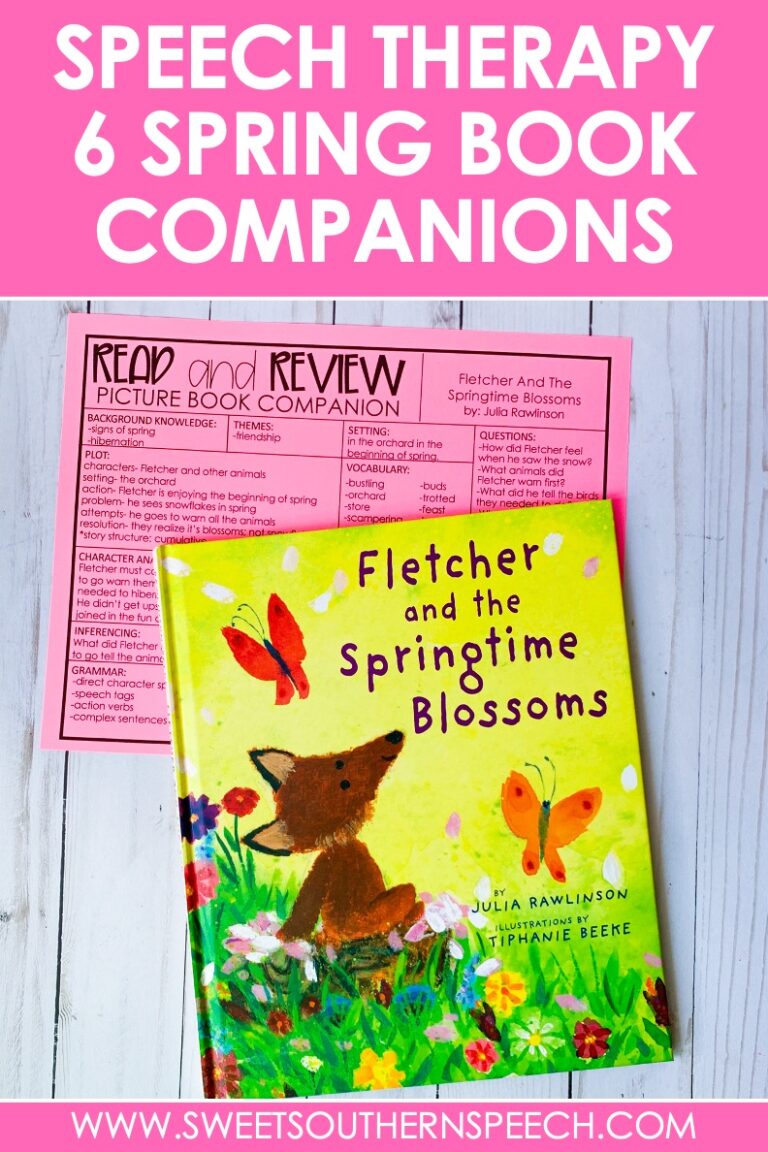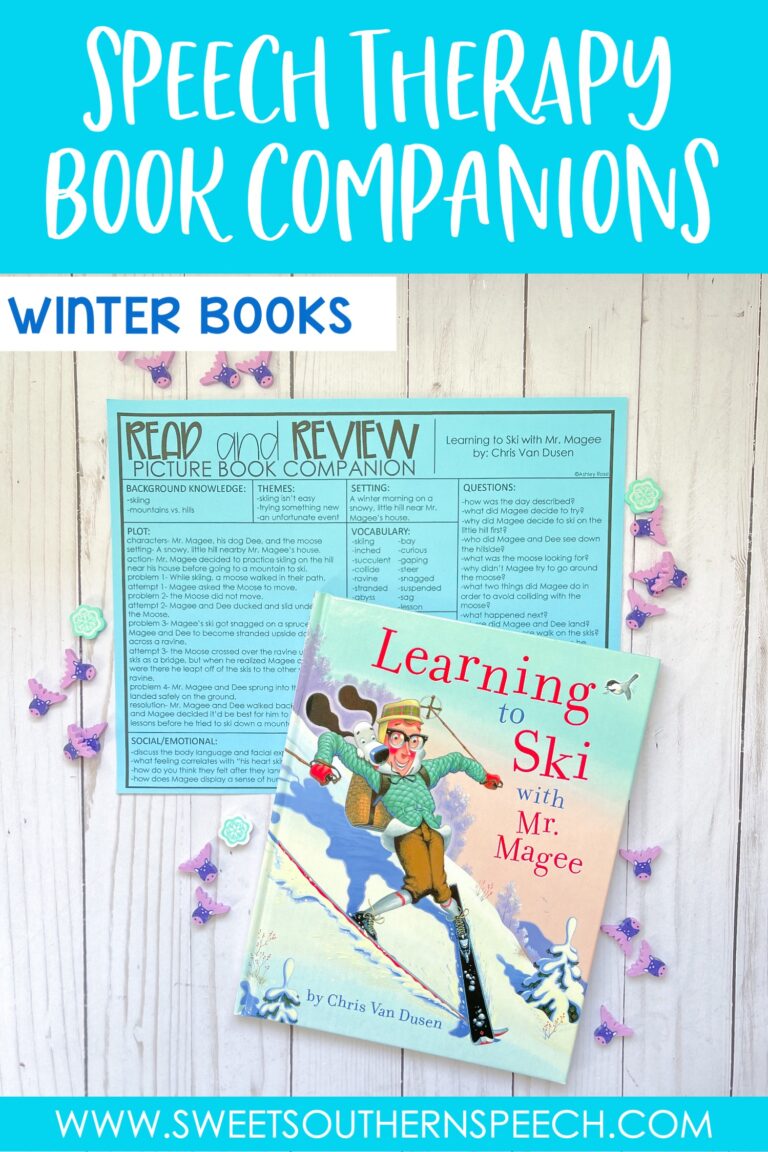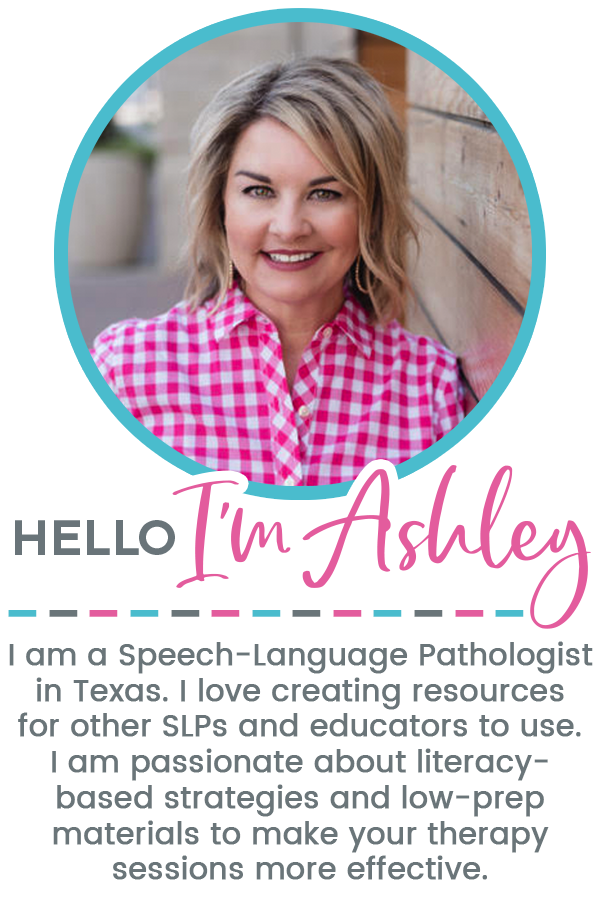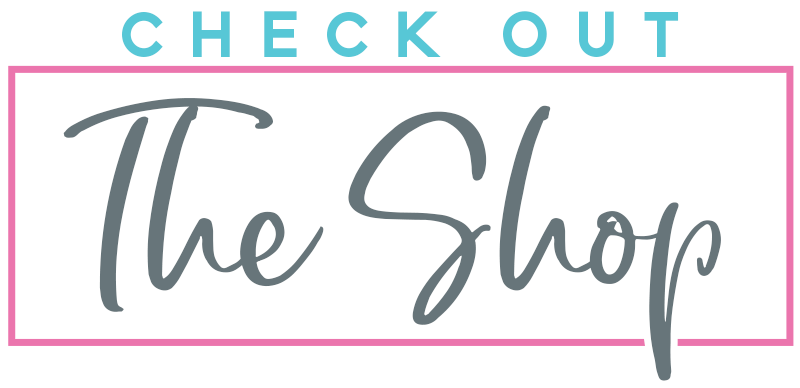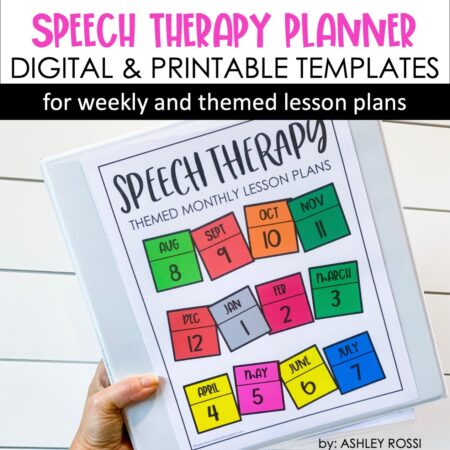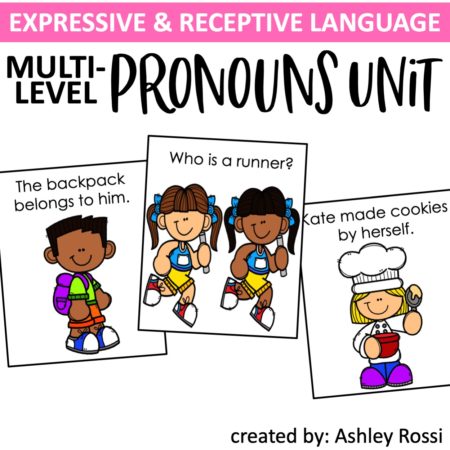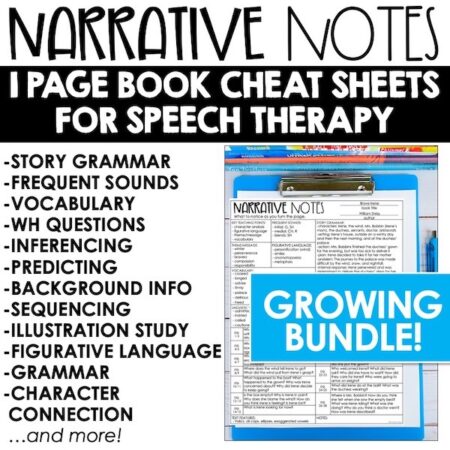Who doesn’t love Mr. Potato Head? He is classic and he can be a versatile tool to target MANY of the common language goals in play-based speech therapy sessions. You can use him to address a variety of receptive and expressive language goals, such as, prepositions, following directions, requesting, and more. Here are some ways for effectively using Mr. Potato Head to build language skills with your preschoolers and toddlers.
Disclosure: This post contains Amazon affiliate links.
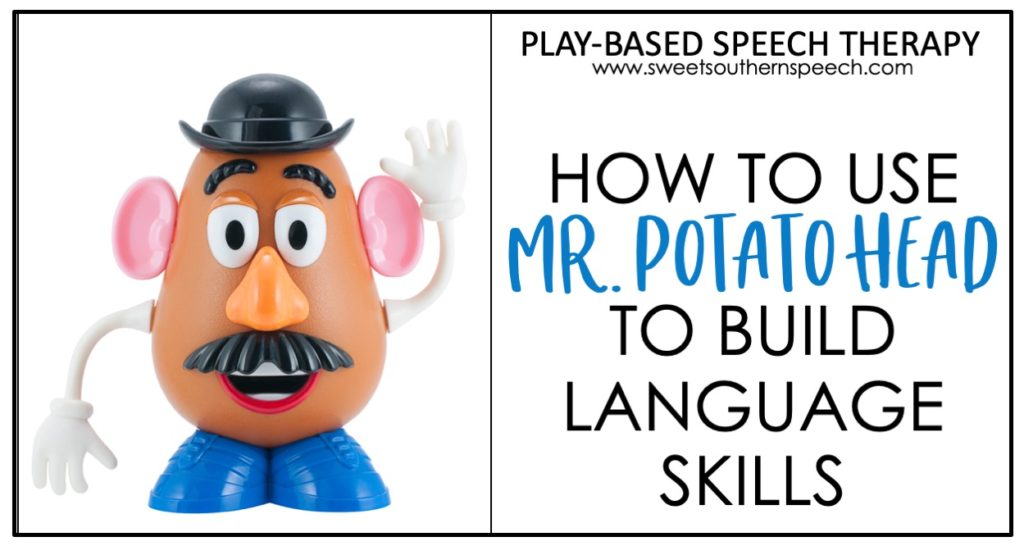
Using Mr. Potato Head in Speech Therapy:
PREPOSITIONS:
Use a game of Hide-and-seek or I Spy! You can hide Mr. Potato Head (or his parts) anywhere in the therapy room. When the child finds him ask the child, “Where is Mr. Potato Head?” “Where is his nose?” to elicit a response with a preposition such as, “He is next to me.”
You can also address the child’s understanding of prepositions by directing the child to place Mr. Potato Head in various places in the room, such as, “Put Mr. Potato Head behind me.” Then the child can have a turn and tell you where to put Mr. Potato Head. You can always add a little sabotage to this activity. If the child directs you to place Mr. Potato Head under the chair, then occasionally respond by placing Mr. Potato Head on top of the chair or behind you and ask, “Is this where you meant?” If the child responds, “yes,” then recast and model, “Oops, Mr. Potato Head is behind me and you wanted me to put him under the chair. Now he is under the chair.”
VERBS:
Target common verbs such as: Open, Put, Take, Hold, Want. You can also make it as silly and fun as you want it to be. Try addressing jump, sleep, dance, run, throw, sneeze, etc. as you engage with Mr. Potato Head.
Receptively, you can make the requests, such as, “Make Mr. Potato Head jump!” “Now it’s time for him to sleep.”
Expressively, you can perform the action and then ask the child to describe the action. For example, you can have Mr. Potato Head throw his hat or sneeze, then ask, “What did Mr. Potato Head do?”
FOLLOWING DIRECTIONS:
You can address directions while assembling Mr. Potato Head, after he has been assembled to make him look silly, or during clean up. Consider the following examples-
Temporal directions: Before and after, or first, then, next, and last.
When assembling, “First put on Mr. Potato Head’s eyes, then put on his nose.” Or “After you put on Mr. Potato Heads shoes, put on his hat.” After initial assembling, “Put the shoes on his head, after you take off his hat.” Or “Before you take off arm, give him a high-5.” During clean up, “Take off Mr. Potato Head’s ears before you take off his shoes.”
Spatial directions: When assembling, “Put Mr. Potato Head on the table and then put his shoes on.” or “Put Mr. Potato Head’s hat on, then put him in the box.” During clean up, “Put Mr. Potato Head’s shoes under you.” or “Take off Mr. Potato Head’s eyes and then put the eyes behind you.”
REQUESTING:
This an opportunity for the child to be the SLP and direct you to either give objects or provide actions. Children with a variety of language levels have an opportunity to take charge whether they are working on word level, phrase level, or sentence level. You can always prompt the child, “What do you want?” The child can either respond be requesting a specific accessory, such as an ear or an action. The action may be “more” or “want” or the action may be different verbs, such as turn, dance, sing, etc.
If a child needs to work on initiating requests, then practice wait-time. Begin the activity by giving the child a plain Mr. Potato Head while you keep all of the accessories. Sit and wait for the child to make a request for one of the accessories. If the child is not engaged in the activity or easily distracted, then redirect the child by making the accessories seem more enticing. You can make the shoes dance or give the arm a high-five.
CORE WORDS:
I also really like to use this item for children with AAC devices to address core words, such as open (i.e. open the compartment that holds Mr. Potato Heads accessories), want (i.e. I want the eyes), more (i.e. I want more ears), different (i.e. I didn’t want the eyes, I want something different), turn (i.e. My turn to play with Mr. Potato Head or I want to turn Mr. Potato Head), put (i.e. put Mr. Potato Head next to me or put Mr. Potato Head on the floor).
NEGATIONS:
No, not, never, neither, don’t. You can provide opportunities to address negation while also addressing goals for prepositions, following directions, verbs, etc.
If you are addressing prepositions try, “Put Mr. Potato Head’s hat on the table, not on his head.” or after placing Mr. Potato Head next the child ask, “Is Mr. Potato Head behind me?” to elicit, “No.”
If you are addressing following directions, “Don’t put the eyes on his face, put them on top of his head.”
When addressing verbs, make Mr. Potato Head dance, then ask, “Is Mr. Potato Head sleeping?” or make Mr. Potato Head sing and ask “Is Mr. Potato Head eating?” This will encourage negation responses.
If the child is requesting, “I want ears,” then sabotage and offer the child a different accessory, such as the “shoes.” This will encourage a response of “No, not the shoes, I want ears.”
Another way to address negation in therapy is by discussing what belongs and what does not belong. For example, have the child tell you where the shoes do not belong. A response, such as “The shoes do not belong on Mr. Potato Head’s head” may be expected.
MLU:
When our students have goals to increase their sentence length, we do this by recasting and modeling. Bedfore and Leonard (1995) demonstrated that small meaning words/morphemes help children learn new words. Therefore, speaking in grammatically correct sentences (e.g. Mommy likes the cookie. Yum!) is preferable to telegraphic speech (e.g. mommy cookie. Yum!) during therapy. Expand on what the child says by modeling sentences. When asked, “Where is Mr. Potato Head?” and the child answers, “under,” then recast and model for them, “He is under.” Or “He is under the chair.”
When addressing verbs, if the child responds with one word “sneeze,” then consider modeling and expanding, “Yes, he sneezed! Bless you Mr. Potato Head.” or “He is dancing.”
You can expand on when the child says “No” by completing the sentence, “No, Mr. Potato Head is not behind me, he is next to you.”
With your children who are working on specific core words, such as “want”, expand by modeling “I want the eyes.” or if the child says, “turn”, then ask “Oh, do you want a turn? Ok it’s your turn to play.” You can later model, “I want a turn to play.”
PRONOUNS:
Use the Mr. and Mrs. Potato Head accessories and/or ANY small trinket to target pronouns.
Subject Pronouns: HE, SHE, THEY. “He is on the table.” “She has a purse.”
Object Pronouns: HIM, HER, THEM. “I put an arm in him.” “Jane put them in the box.”
Possessive Pronouns: HIS, HERS, and THEIRS. “This is his mustache.” “This is her purse.” “They have a cookie.”
Mr. Potato Head is an inexpensive toy that can be an invaluable resource in your speech therapy room to build language skills. Because it’s plastic, you can easily wipe them down with Clorox wipes at the end of your sessions. I hope you have gotten a few new fun ways to engage children in speech therapy while playing with Mr. Potato Head!
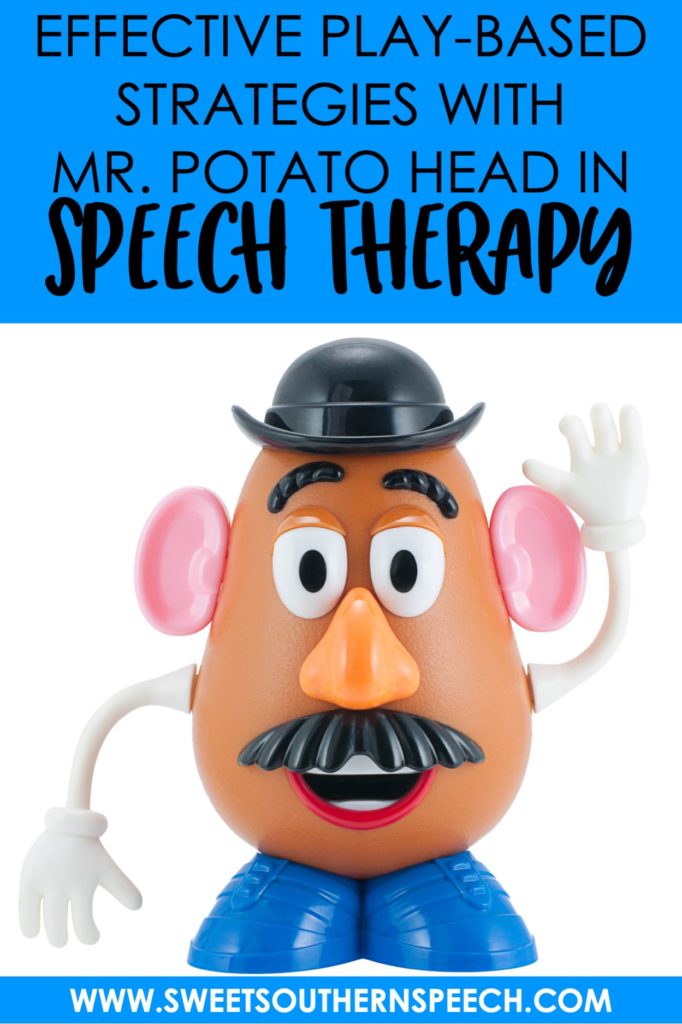
What are some ways you incorporated Mr. Potato Head in your speech therapy sessions?
Let me know in the comments below! Read about my other play-based speech therapy ideas!
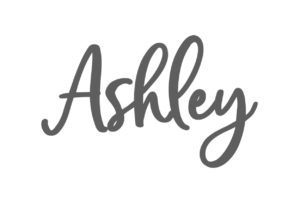
YOU MAY ALSO LIKE
-
6 Thanksgiving Books For Speech Therapy
Thanksgiving themed books are fun in my Speech room. Here are some suggestions for my…
-
Using Fall Books In Speech Therapy
Fall books to use in Speech Therapy What books do you pull out for the…
-
Summer Books For Speech Therapy
Language Bookmarks for Summer Books in Speech Summer months are finally here and I'm excited…
-
Play-Based Speech Therapy: Christmas Tree activity
I don't do that many crafts in my speech room, but I do love intentional…
